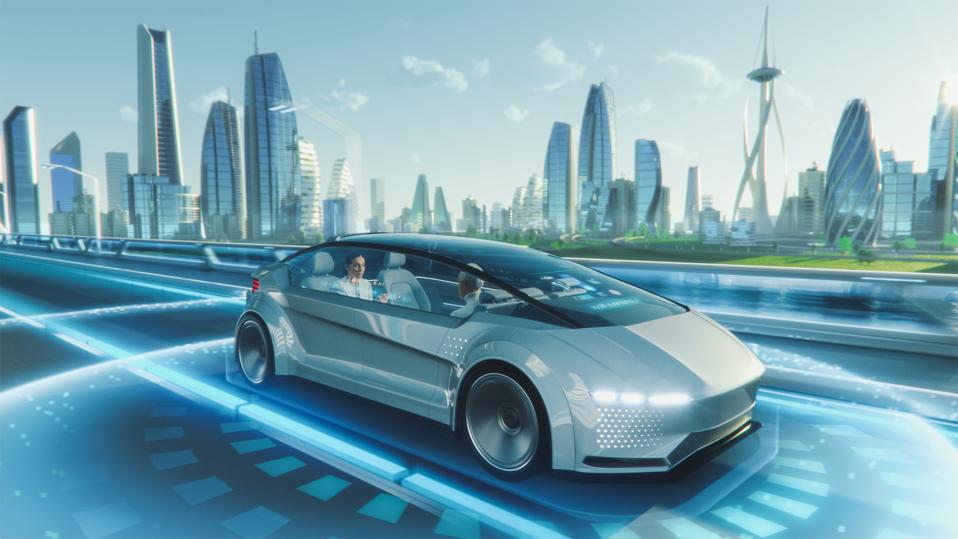The automobile has been one of the most transformative inventions of the modern era. From the early steam-powered carriages of the 18th century to today’s advanced electric vehicles, automobiles have shaped how people live, work, and move. Over the decades, the industry has grown to encompass a vast range of vehicle types, technologies, and global markets.
A Brief History of Automobiles
The first self-propelled vehicle was developed in the late 1700s, but it was Karl Benz’s invention of the gasoline-powered car in 1886 that truly launched the automobile era. In the early 20th century, Henry Ford revolutionized the industry by introducing mass production techniques, making cars more affordable for the average consumer. The Ford Model T, launched in 1908, is often credited with putting America—and eventually the world—on wheels.
Types of Automobiles
Today, automobiles come in various shapes, sizes, and functions. Major categories include:
- Passenger Cars: Sedans, hatchbacks, SUVs, and coupes dominate this segment.
- Commercial Vehicles: Trucks, vans, and buses used for transporting goods and passengers.
- Electric Vehicles (EVs): These run on batteries and electric motors instead of internal combustion engines.
- Hybrid Vehicles: These combine traditional engines with electric propulsion for better fuel efficiency.
- Autonomous Vehicles: Still in development, these are designed to drive themselves using AI and sensors.
Modern Technological Advancements
The automobile industry is undergoing a major transformation driven by technological innovation:
- Electrification: With growing concerns about climate change, EVs are rapidly gaining popularity. Companies like Tesla, BYD, and legacy automakers such as Ford and GM are investing heavily in electric mobility.
- Connectivity: Modern cars are now “smart”, featuring infotainment systems, internet connectivity, and advanced navigation.
- Autonomous Driving: Self-driving cars are being tested globally, with companies like Waymo and Tesla leading the way.
- Safety Features: Advanced Driver Assistance Systems (ADAS), such as automatic braking, lane-keeping assist, and adaptive cruise control, are making driving safer than ever.
Challenges Facing the Auto Industry
Despite the progress, the automobile sector faces numerous challenges:
- Environmental Concerns: Traditional vehicles are a major source of pollution and greenhouse gases.
- Supply Chain Issues: The global shortage of semiconductor chips has impacted vehicle production.
- High Development Costs: Creating EVs and autonomous technologies requires massive investment.
- Urban Congestion: In many cities, too many cars have led to traffic and parking problems.
The Road Ahead
The future of automobiles lies in sustainability, connectivity, and automation. Governments worldwide are setting ambitious goals to phase out internal combustion engines, while companies race to deliver smarter, greener, and safer cars. Shared mobility, such as ride-hailing and car-sharing services, is also expected to change how we think about vehicle ownership.
Conclusion
Automobiles have come a long way since their invention. As the world moves toward a cleaner, tech-driven future, the auto industry is not just about building cars—it’s about redefining mobility. The next decade will likely bring more changes than the last hundred years combined, making it an exciting time for consumers and manufacturers alike.
Would you like this article customized for a blog, school project, or company website?
